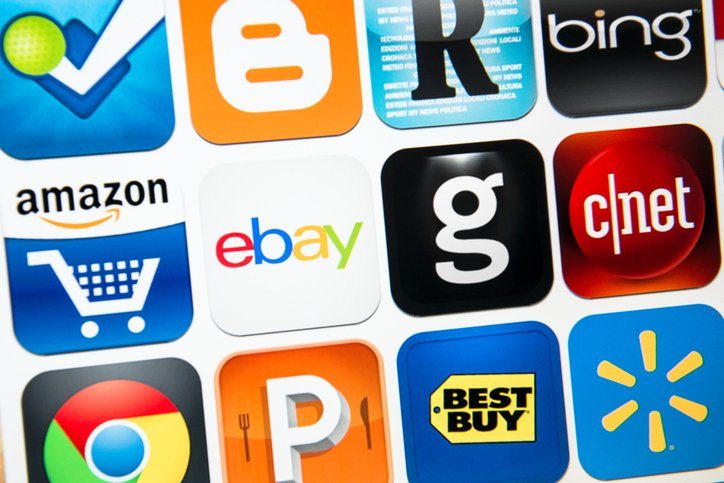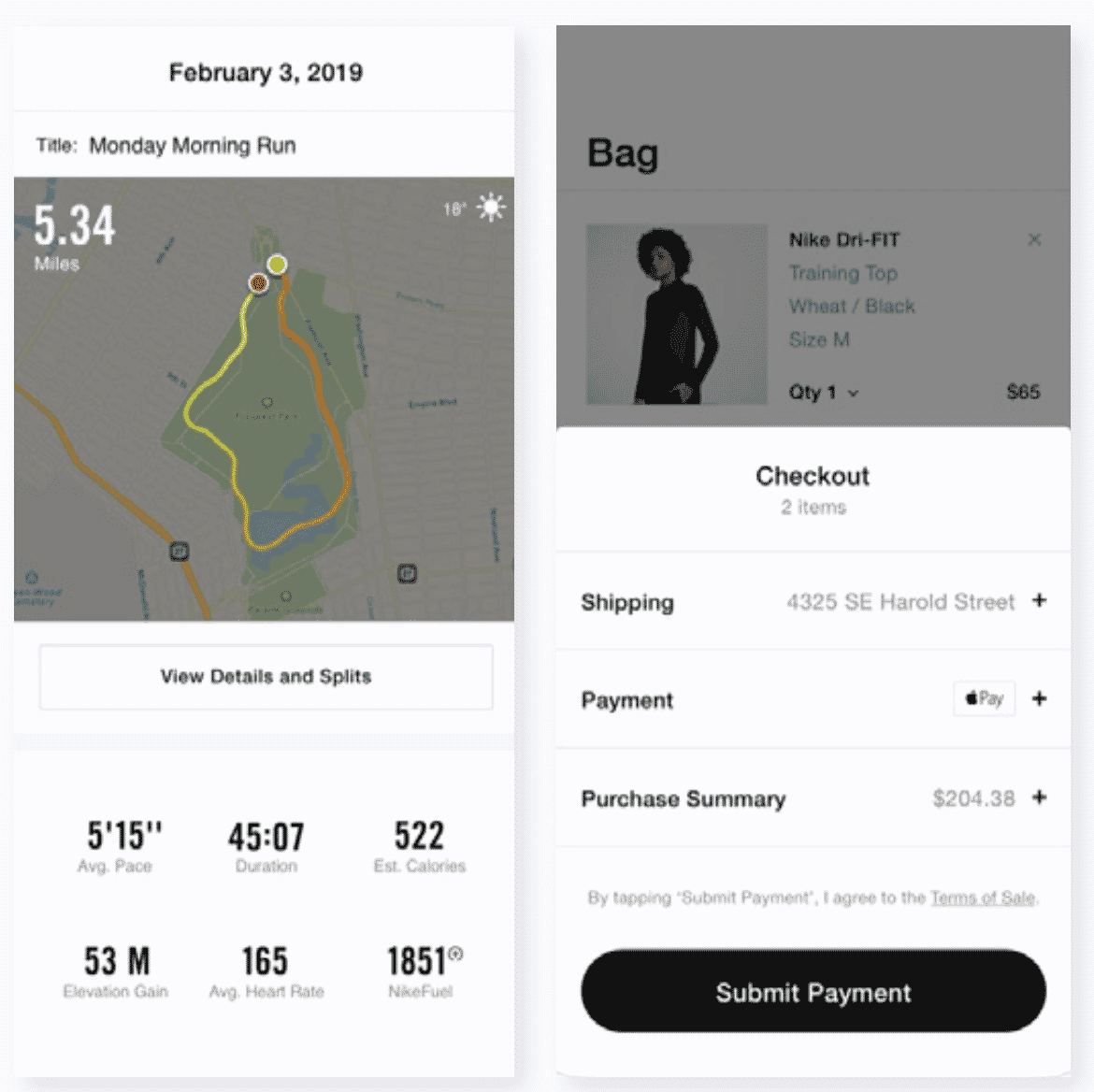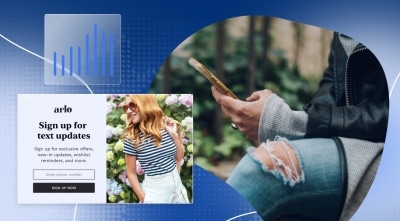Mobile
Mastering Mobile Personalization: Learn From Nike, Nordstrom, Thrive Market
October 31, 2019

As mobile devices play a bigger role in more aspects of our lives, they’re becoming the common thread tying the entire customer experience together. We read most of our email on mobile devices. Mobile commerce is perpetually on the rise and our smartphones help us not only find brick-and-mortar stores, but help us make purchase decisions once we’re there. In fact, when we praise retailers for being omnichannel, what we increasingly mean by that is “mobile.” That makes mobile personalization paramount for retailers.
Nobody says, “I’m going to see this item in a store, research it on my smartphone and then buy it on the brand’s website.” They just do, with their smartphones at arm’s reach throughout the entire journey.
Every year, Marigold Engage by Sailthru evaluates 250 retailers’ personalized marketing capabilities, which culminates in our Retail Personalization Index. As mobile becomes increasingly important, we’ve tweaked the Index’s methodology to give mobile personalization more weight. And this year, mobile, more than any other channel, served as a litmus test for a brand’s overall personalization proficiency. Compared with website and email, mobile personalization scores were by far the lowest, on average. Of the 22 brands to earn at least 15 points, all but one made the top half, while seven placed in the top 10.
We’ve identified five best practices that highlight why the top performs were a cut above the rest. You can download the full guide here, but in the mean time, here’s a taste:
Nike: Having a Purpose Beyond “Build an App”
In 2018, app analytics platform Apptopia found that shopping app downloads grew to 5.7 billion, a 9.3% increase over the previous year. At the same time, 50% of retailers in a February Shopgate survey said a shopping app was their top priority. Of course, simply having a shopping app isn’t enough. Your app needs a compelling value proposition.
One brand with five apps sounds like overkill, but each of Nike’s has its own unique function. Nike Run Club maintains runners’ fitness goals and progress, while SNKRS is for the sneakerheads who want to keep up with the latest launches. They’re all highly personalized, too. The regular Nike app sets that standard, centralizing customers’ preferences, carts, orders and loyalty perks in one place.

Thrive Market: Fostering Mobile Personalization with Mobile Messages
You can’t have a great app without a great mobile messaging strategy. Start by giving your customers the option to have push notifications and in-app messages be your primary mode of communication, if they so choose. Used well, they can be just as effective as email. Short and sweet, push notifications are a great way to get customers in your app. Once they’re there, a strong in-app message center can keep them engaged longer.
By promising early access to new products and deals, Thrive Market incentivizes users to enable push notifications. They’re all personalized based on members’ preferences and behaviors, in-app and onsite. There’s also a rich in-app message center, which easily accessible on users’ Account page. This cements Thrive Market as a mobile personalization master, but more than that, it also creates a better customer experience. Selling thousands of products from hundreds of brands, the ecommerce supermarket could very easily overload customers with messages.
Nordstrom: Bringing Personalization In-Store with Geolocation
Carrying all the information in the world in our pockets lets us research items before we buy them. It’s increasingly common to read reviews and compare prices in-store. As a result, smartphones influence 56 cents of every dollar spent in brick-and-mortar stores, according to Deloitte Digital research. Savvy retailers like Nordstrom use location data to enhance that experience.
Nordstrom’s app bridges the gap between ecommerce and brick-and-mortar beautifully. For example, users can scan items to learn about product availability at that particular store, as well as receive personalized product recommendations while they’re shopping. Nordstrom also leverages location data to drive customers into the store. If an app user is nearby, the retailer sends mobile messages to let them know items in their cart are available there.
Looking to learn more about mastering mobile personalization? Download the guide here.
The State of Brand Loyalty in the U.S. in 2023
Related



